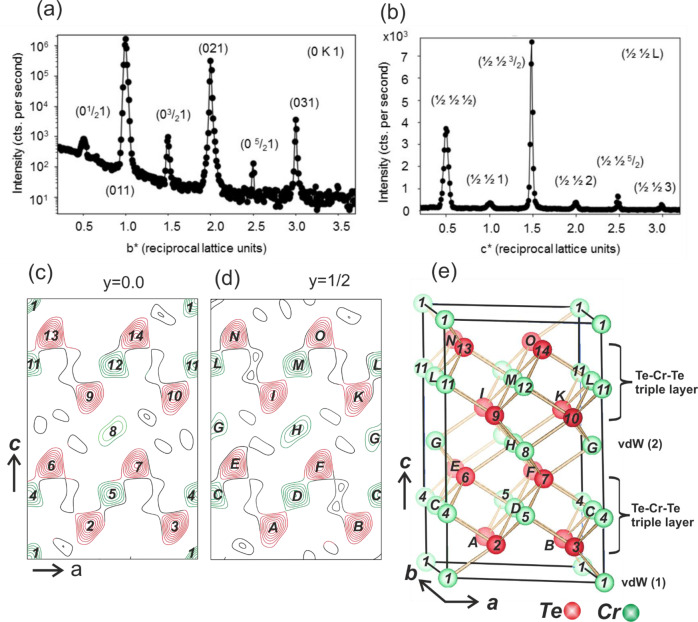Fig. 1. Structural characterization of Cr1+δTe2 bulk crystal.
a Line scan in reciprocal space along the b* axis at L = 1 crossing both integer and fractional order reflections of the (2×2×2) Cr1+δTe2 bulk crystal. Reflections are labeled according to the (1×1×1) unit cell. The intensity (counts per second) is shown on a logarithmic scale. Note, that the half order reflections are weaker than the integer order ones by several orders of magnitude. b Line scan along superlattice reflections of type (½ ½ L) between L = 0.2 and 3.7 plotted on a linear scale. The observation of reflections with fractional indices along all three dimensions indicates the presence of a (2×2×2) superstructure. c–e Charge density contour map of the (2×2×2) Cr1+δTe2 structure calculated for sections y = 0 (c) and y = 1/2 (d) within the ac plane compared with the structural model (e). Cr (green) and Te (red) atoms in section y = 0 and y = 1/2 are labeled by numbers and capital letters, respectively. The van der Waals (vdW) gaps (1) and (2) are not equivalent inducing vertical atomic shifts within the adjacent Te-Cr-Te triple layers, thereby reducing the symmetry from the centrosymmetric space group Pm to the non-centrosymmetric space group P3m1.

